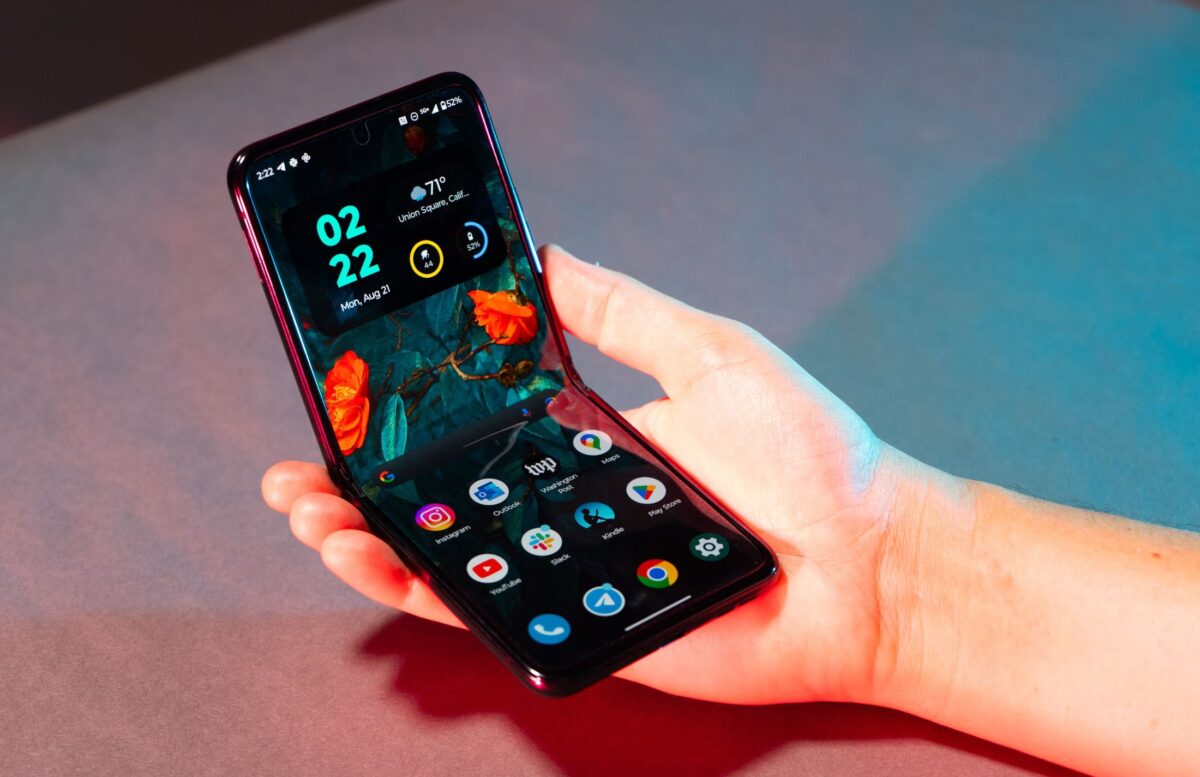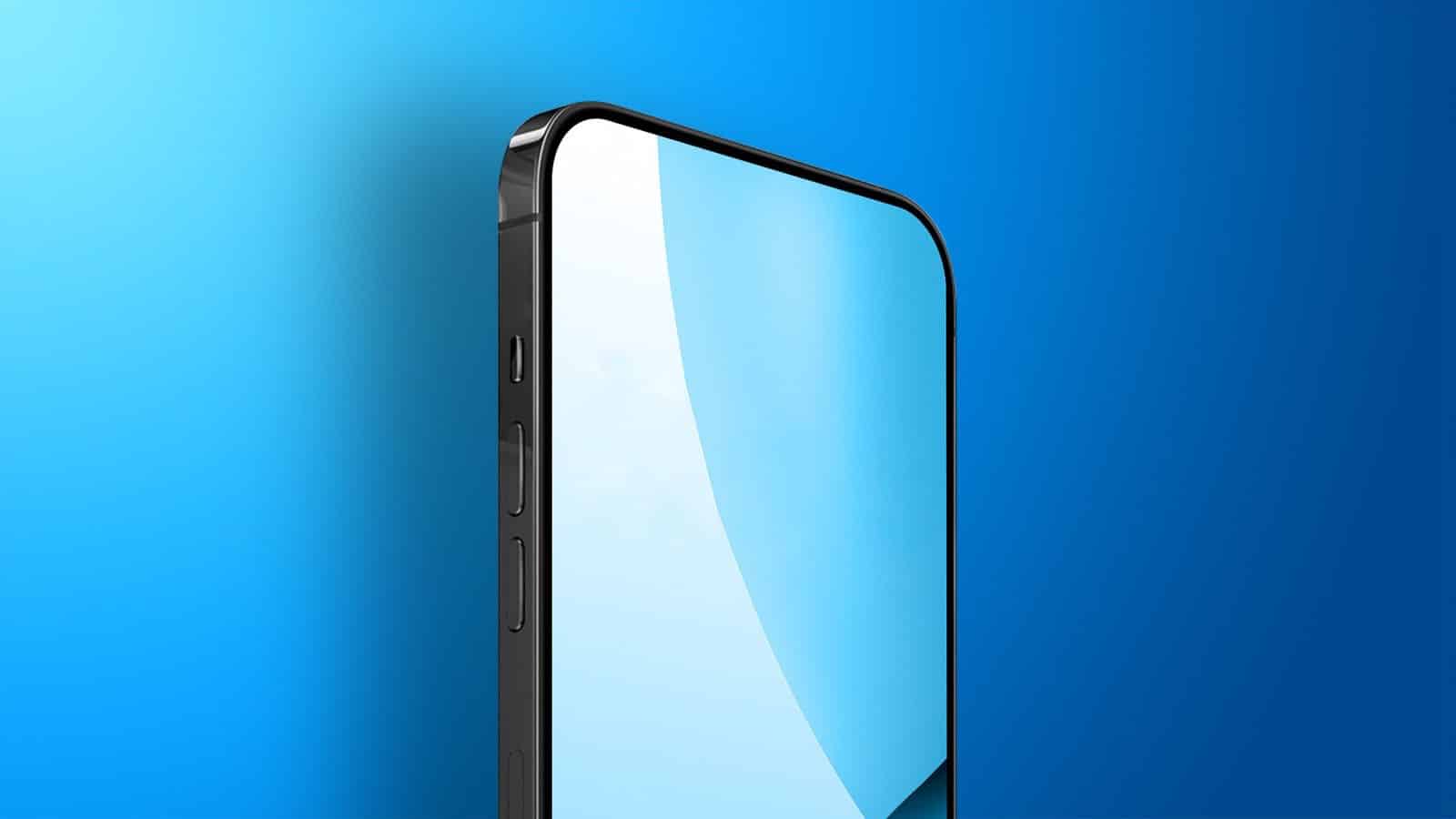Apple is working on a redesigned iPhone Pro model that could finally deliver a true all-screen experience—no notch, no cutout. The new design is expected to mark the iPhone’s 20th anniversary in 2027, and sources say it will push Apple’s glass-first vision further than ever before.
The move toward a seamless display isn’t new. Since the introduction of the Dynamic Island, Apple has been steadily relocating front-facing components beneath the screen.
Bloomberg’s Mark Gurman reports that Apple aims to shrink the Dynamic Island by 2026, with under-display Face ID likely to debut in the iPhone 18 Pro lineup.
That transition would leave only the selfie camera visible. But display analyst Ross Young says Apple plans to move that camera under the display in the next generation. If the timeline holds, 2027’s Pro model will feature both under-display Face ID and camera tech—completing Apple’s shift to an uninterrupted screen.
Apple has reportedly tested prototypes that embed Face ID’s infrared transmitters and receivers behind the display.

As we previously reported, Apple is also working on foldable models and in some cases, it has experimented with under-display camera systems that exclude Face ID entirely, favoring side-mounted Touch ID instead.
Apple’s foldable prototypes and ongoing display research show it’s actively refining the tech needed to hide both the TrueDepth system and front camera without sacrificing reliability or image quality.
Technical Barriers Apple Must Overcome
But building an all-screen phone isn’t just about hiding hardware. Apple must also ensure that under-display sensors perform without interference from OLED layers. Current solutions like transparent OLED or LTPO displays with deactivating subpixels have drawbacks—either reduced clarity or brightness.
To solve this, Apple could integrate optical waveguides or IR-pass materials into the display, allowing precise data capture for Face ID while keeping the screen clear. The final system will likely combine multiple technologies to meet Apple’s privacy, accuracy, and visual standards.
On the front camera side, progress appears even stronger. As reported earlier this year, Apple supplier LG Innotek is developing under-display camera systems using a multi-lens freeform optic to reduce distortion and brighten images.
These advancements address common issues like low light intake and blur when the camera sits behind the panel.
Milestone Design for the 20th Anniversary?
The goal is clear: a clean, edge-to-edge glass surface with no interruptions. Apple’s former design chief Jony Ive long envisioned this direction, and the 2027 flagship could be the model that finally delivers it.
In 2017, Apple celebrated the iPhone’s 10th anniversary by launching the iPhone X, a redesign that removed the Home button and introduced Face ID. A decade later, Apple may be preparing a similarly ambitious leap for the 20-year milestone.
It’s unclear whether the anniversary model will follow Apple’s existing naming pattern or carry a commemorative name. Either way, a truly all-screen iPhone would mark a major shift—and reinforce the iPhone’s place as the defining device of its generation.
